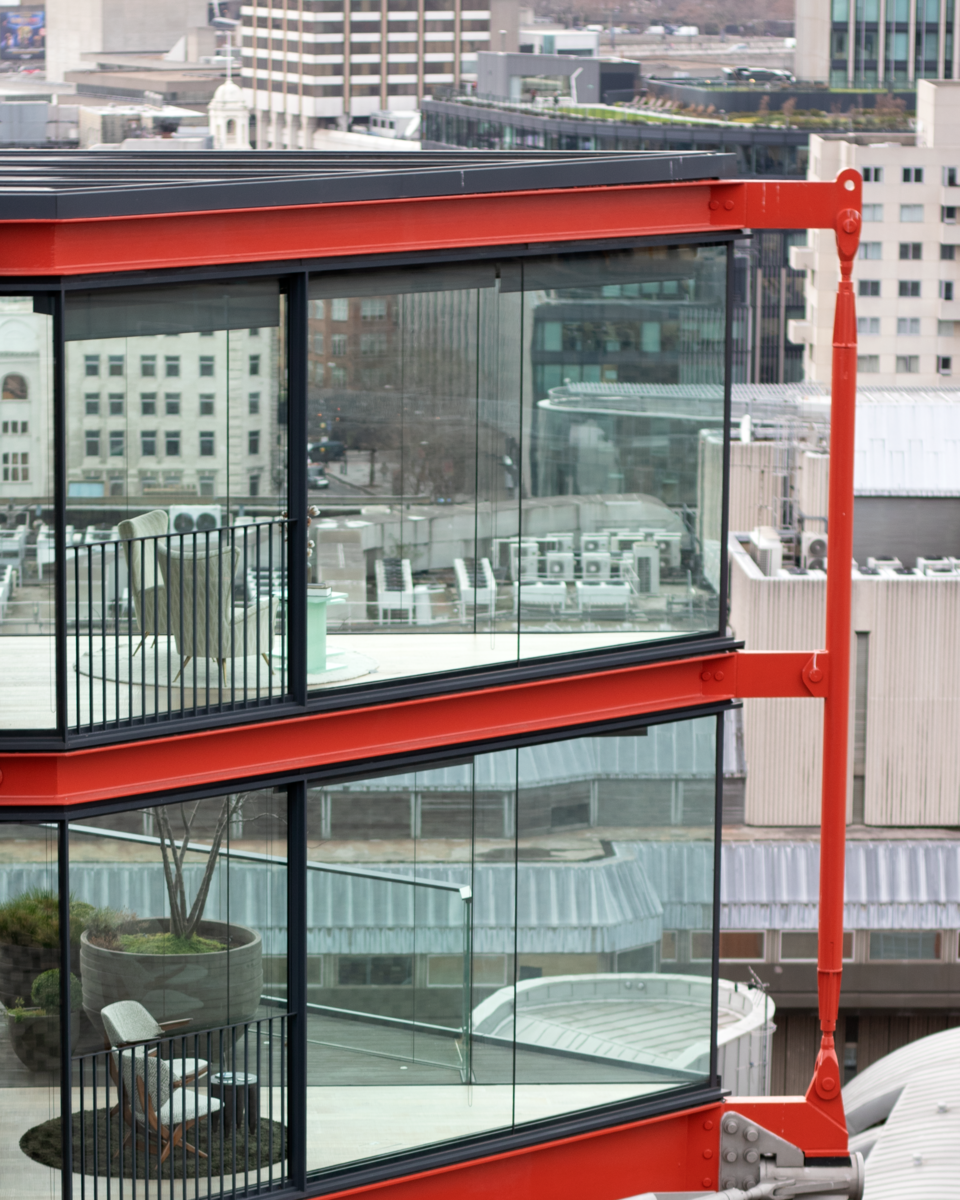The Future Workplace: The Old Normal
How the sterile post-Covid office could look the cubicle office from the 80s
As of writing this article, many western countries are gradually easing lockdown measures created to function as a cushion for their national healthcare systems, and organisations are shifting to stage two of their response to the Covid-19 situation: gradually returning the workforce to the office.
There has been a lot of debate recently on how the new workplace will look like when employees return to their desks, counters, kitchens, classrooms, and machines. In her recent article McGowan (2020) points out that the future of work requires workplace restructuring and redefined roles among other things. These are all valid points, however, I argue that the magnitude of change will be considerably smaller. Besides the mandatory Covid-19 and hygiene checks, companies will not embrace WFH or
revolutionize the office workplace. Here is why.
First, the distributed workforce is not a new concept, it’s been around for years. Outsourcing as a business practice of hiring employees outside of the company to perform services and goods is not that different from the current situation but on a larger scale and providing employment benefits. Think of all the freelancers and delivery workers that already perform this work. In his latest discussion panel, John Hagel noted that top managers frequently ask him, “How do we get
where we were [before the Covid-19 crisis]?” This suggests that the management stir is 'business as usual'; in other words, standardized mass-market consumer business. If employees want to pursue WFH, they can be accommodated but remote work will come with strings attached: you will get outsourced, take a financial cut (benefits and bear the fixed expenses, e.g. electricity), provide you own equipment (ergonomic chair, better broadband, own phone, and laptop), and met your productivity output
(which must match your in-office output). Start-ups and SME are the exception to this and are already WFH and using business incubators to save on renting office space. Moreover, companies view WFH as a companywide employee wellbeing benefit, not as an employee entitlement, and will apply strict WFH conditions and employee obligations to any employee that asks for it, e.g. employee tenure in the company, approval from a supervisor, HR and IT, acceptable performance review, completed trial
basis, and no end notice on the arrangement.
Second, liability and risk management issues for companies that arise from WFH are considerable. From my own experience, companies that had WFH set up before the Covid-19 crisis experienced employee litigations. Employees took out liability lawsuits because of poor home working conditions, e.g. nerve damage from no or inadequate workplace ergonomics. Companies are all about standardization. It’s not efficient for companies to calibrate and provide coordination for each home
office space when they can set up rows of workstations on the office floor. So, companies will set up WFH policies to legally protect themselves and try to avoid WFH.
Third, productivity dips in the first few months of WFH. R&D teams at one leading high-tech manufacturer measured WFH productivity and compared it with their in-house baseline; their first-week output was only 50 percent. With learning and identifying levers to improve their work, the team had progressed to 88 percent of their baseline within four weeks (A Blueprint for Remote Working, 2020). Following from this, it’s evident that WFH has an induction period, which lowers
productivity, revenues, and raises opportunity costs for the company. However, WFH can also be an opportunity for some employees. Introverts WFH can be more productive than their baseline because they are not distracted so easily at home. The saying “work in silence, let your success do the talking” is their style of work, and introverts thrive in familiar and quiet environments. The modern open office space is anything but that.
Finally, employees will gradually return to the new workplace to find they have more rotations and the office looks like the innards of a hospital. To enforce social distancing, strict hygiene, and other measures to prevent virus spread, the future office will mimic hospital organisation climates: the floors and walls will be plastered with visual labels to communicate the 2-meter distance role, walk one-way, and waiting spots. Sanitizer and mask dispensers are going to be
set up at every corner. Gone are the days of open office spaces, cubicles are back. Workstations will have hygiene shutters to protect you from droplets of your opposite facing co-worker. Mess halls will give way to workstation deliveries, e.g. Uber Eats for the office. The number of employees working in the office will go down; employees will work in shifts. As mentioned before, a small percentage of approved employees will WFH.
In the 1960s it was generally believed that the office space will go instinct with the invention of the modern fax machine by the Xerox Corporation. Coupled with the creative thinking brought on by the space race, futurologists envisioned that commercial districts and highways in city centres would give way to futuristic community facilities and parks. Employees would no longer commute to work and WFH. That never came to fruition. The shift would have meant a significant disruption in the
real estate, energy, logistic, and construction industry. Corporations, markets would topple, and large parts of the workforce would lose their employment. From the initial stagger on how to proceed with employees’ newly discovered desire to innovate work and repurpose organisations, top-management will incrementally but surely bring back the old normal--the office as we all know it.
Sources:
-
McGowan, H. E. (2020, March 23). How The Coronavirus Pandemic Is Accelerating The Future Of Work. Forbes. https://www.forbes.com/sites/heathermcgowan/2020/03/23/the-coronavirus-pandemic-accelerates-the-future-of-work-and-provides-opportunity/
-
A blueprint for remote working: Lessons from China | McKinsey. (2020, March). https://www.mckinsey.com/business-functions/mckinsey-digital/our-insights/a-blueprint-for-remote-working-lessons-from-china
